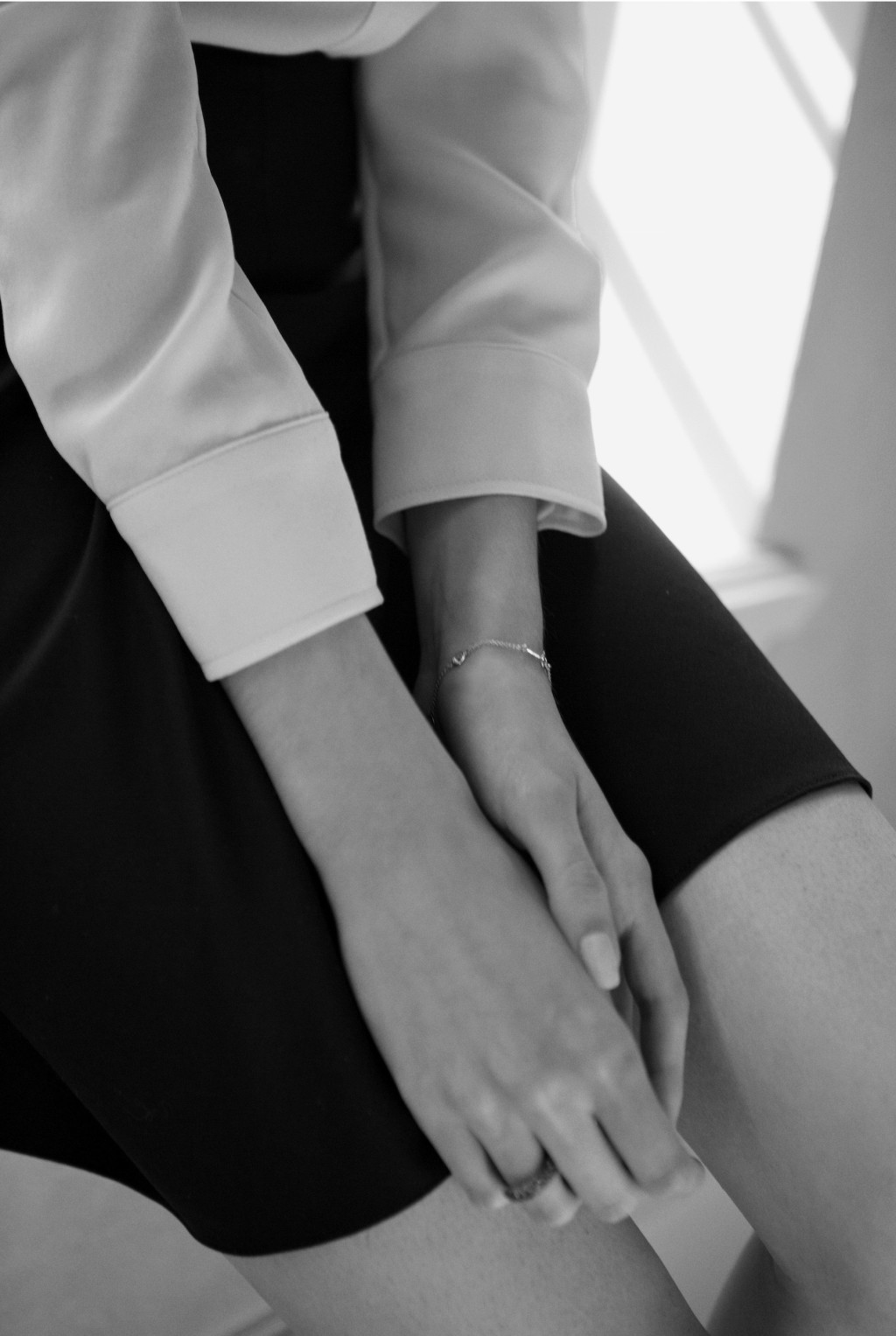6 Ways to Judge Quality Workwear
July 28, 2015
When shopping for the office, think about more than just style and fit. Of course, a piece should move well and make you feel polished, but it should also have integrity—yes, integrity—in and of itself. How can you identify true quality? Here’s how to check fabric quality for your work wardrobe (and any other garments you’re considering bringing home with you).
1. Hems & Seams
- Hems and seams should be straight and clean with no puckering or bunching around the stitches.
- If it has a fragile fabric or there are areas of heavy use (pockets, zipper), a quality piece will include reinforcements like facing, lining, and binding in those areas.
- If the garment has a pattern or stripe, it should intentionally align at the seam.
- If there are pockets, they should be real and accessible (rather than just illusion pockets).
2. Stitching
- Stitches should have a consistent, even length.
- They should be taut, but shouldn’t pull the fabric or cause it to pucker.
- Stitch lines should be clean and even, with no doubling back or loose threads.
- A higher density of stitches usually means the garment will be sturdier.
- Look for individual stitch length; shorter stitches tend to be stronger and less likely to break.
3. Hand Feel
- Your fingertips are intuitive and will indicate how a garment will feel against your skin all day. They’ll also help you understand whether a garment has structure, is durable, or will wrinkle.
- Scrunch up the fabric in your hand to get a feel for its weight, texture, and how it moves.
- To judge how a garment will feel on your body, rub it on the inside of your wrist (a particularly sensitive area).

4. Stretch
- We’re fans of fabrics that contain stretch, because it means the garment will move with your body. To see if a garment has stretch, check the label. If it says “EA” (Elastane / Lycra / Spandex) or “PA” (Polyamide / Nylon), there’s a good chance the fabric will stretch well.
- If the fabric has stretch, pull it for half a second to see how it recovers. A quick and thorough recovery means it will last longer and hold its shape throughout the day. If it doesn’t snap back immediately after you release it, the garment may leave you with diaper-butt by noon. Not a great look.
5. Breathability
- Fact: Humans sweat. In order for you to stay cool and comfortable in your clothes, they need to breathe.
- Natural fibers (wool, cotton) usually breathe well, but they can wear out sooner than synthetic fibers. High-quality synthetic fibers tend to stay fresh-looking for longer.
- The days of “polyester = bad” are over, and some of the most comfortable and breathable fabrics are synthetics.
- It’s often smart to choose a blend of a natural fiber with a percentage of nylon or polyester, which help garments hold their shape and go the distance.
- Be on the look-out for a brand’s “signature fabric.” There’s a reason they use it season after season: Customers keep coming back for it.
6. Lining
- There’s a misconception that lined garments are good quality and unlined garments are cheap. This is not always the case.
- Depending on stretch and weight, some fabrics look and feel best without lining; others (like those with intricate seams or textured fabrics) require it.
- When lining is used, check to make sure that it complements the weight, stretch, and drape of the outer layer. The lining should never be visible or shift around within the garment.
For more advice on how to outfit yourself for the office, check out Wear to Work: A Guide to Building Your Ultimate Professional Uniform.








